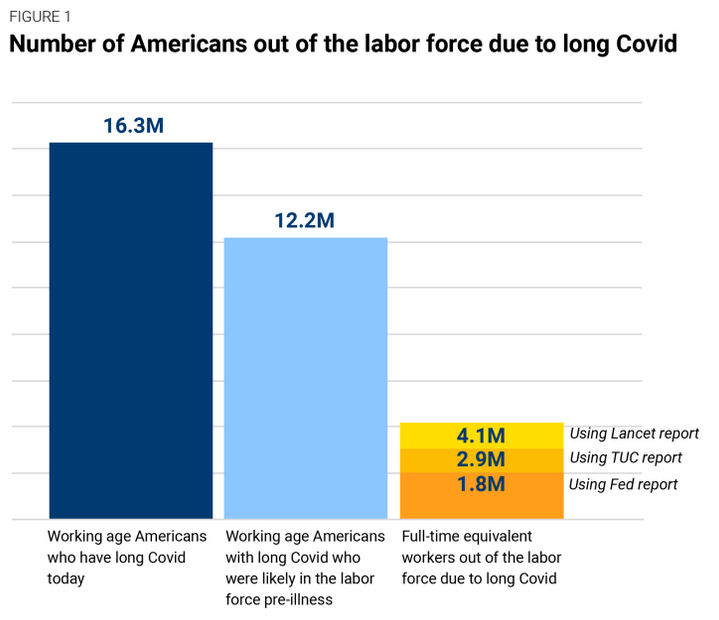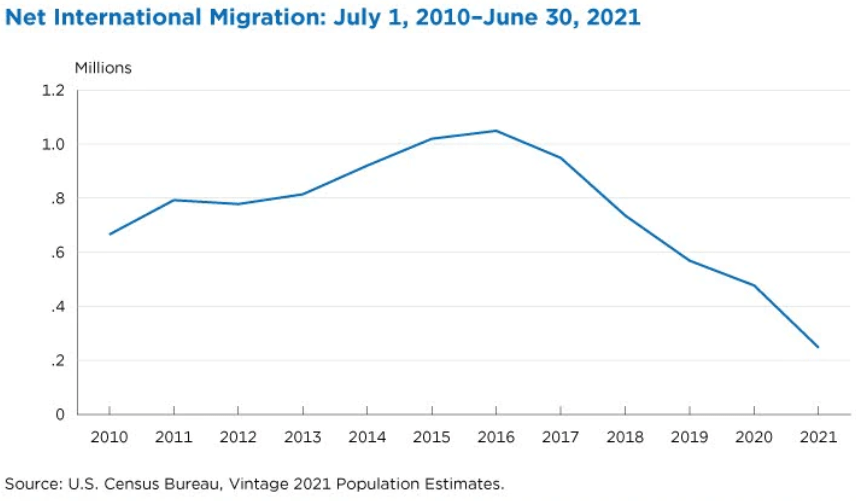Startup founders need capital – to pay salaries, to pay for marketing, to pay for everything that goes into building a business from the ground up. Bootstrappers may differ and say “I don’t need capital, I’m not raising” – but here (and I’m a 4x bootstrapper) I beg to differ. You are always using capital in a business – it just comes from different sources. There are tons of lists of capital sources out there, but here’s my attempt to provide some guidance on the pros and cons of different capital sources, along with ways to think about the cost of capital:
Customer Capital – I love this term. Customer Capital, aka revenue, is both the cheapest and highest impact form of capital. Since it’s coming from your customers, getting more of this capital is directly aligned with growing your business – success in sales begets more growth and cash flow which can be reinvested in the business.
Cost: This is the cheapest form of capital – from a “fundraising” perspective the cost of capital is actually negative, since free cash flow parked on your balance sheet can earn non-zero interest these days!
Pros/Cons: Not much to say here… there’s no better way to finance your company than through reinvesting sales! Bootstrappers beware – if you run a profitable firm, you’ll have to decide how much to reinvest versus how much to take home. I regret not reinvesting more in the past – when you’re paid many times revenue at acquisition, it’s more profitable to raise growth than to take excessive short term profits.
Sweat Equity – this is what bootstrappers think of when they say they don’t need to raise, but there’s an opportunity cost to your time dependent on your highest alternative salary. In my own case, I took a look at the years invested in HiddenLevers with a below opportunity-cost salary, and calculated that my sweat equity investment had actually been around 500k!
Cost: Calculate your after tax salary at the best job you could get right now, and compare that to your current startup salary. That delta is a simple approximation of the amount of capital cost you are borrowing from yourself via sweat equity. But what is the cost of that capital, the effective interest rate that you are paying? Well, since the alternative investment for this capital is likely other public market investments, we can pencil in around 10% here, since that’s what the S&P 500 has achieved over long timeframes since its inception.
Pros/Cons: Don’t be frightened by opportunity cost, as it’s still cheaper than outside investment – but use it as a yardstick to measure what a successful exit needs to be. Sweat equity may also be inadequate to start certain firms, and usually lead to a longer journey.
Revenue Based Financing + Venture Debt: Historically debt financing was not available to startups, as most are asset-light, meaning they don’t have anything to repossess if business goes south. And many a founder is familiar with using credit cards, home equity loans, and duct tape to hold their startup together. But newer sources have emerged, with revenue + invoice-based financing, working capital financing, and traditional debt becoming more common.
Cost: From an interest rate perspective, most of these will have a treasury spread of 500-1000bp – sorry for the finance gobbledygook – the rate will be 5-10% higher than the equivalent length US Treasury rate. That means a rate of 10-15% will be normal in this market!
Pros/Cons: A rate of 12 or 15% interest sounds crazy right? Well, if you’re growing your business at a fast rate like 40% per year, it might be totally acceptable, and cheaper than equity finance (because selling stock would be selling that 40%/yr growth to someone else). A major caveat – lenders will want to see some tenure (ie you’ve been around more than a few months) and positive unit economics, as per unit losses indicate that they may never get their money back! But that’s good discipline, we are no longer in a free money world, and all startups should be aiming for positive unit economics.
Friends + Family: The age-old equity investment!
Cost: Many founders now use standardized SAFEs or convertible notes for these rounds, but you may have more control over valuation cap and other terms, and generally won’t need to give up a board seat or other control. In terms of cost, see the VC section below, it’s higher than it seems at first glance!
Pros/Cons: Don’t mix work + family if you can avoid it! Think of it as diversification – if you tie work and family together with your startup, you’re putting it all on the line in one big bet. And this isn’t a source available to founders without some degree of affluence in their circles.
Angel Investors / Venture Capital / Private Equity: Ahh, the professional investors. I empathize with them, it’s not an easy job, particularly for early stage investors who are really investing in founders (as people) more than anything else. Many startups no longer need substantial capital to get started, but those attempting to conquer b2c or large-scale b2b verticals have substantial marketing needs.
Cost: Equity-based may be necessary for many founders, but it’s something of a necessary evil. If you fail, it’s all worthless anyway, so we don’t need to worry about that case. But if you succeed, and you get to the exit, you’ll realize just how much you paid for those first capital investments. If your startup manages a CAGR of 60%, that means that the cost of equity financing was at 60% interest, compounding annually!
Pros/Cons: I’ll say it again – there’s no more expensive source of capital than early stage professional investors. They are taking tremendous risks, and will ask tremendous compensation in return. But for the successful founder looking back, it may feel as if they’ve been eaten by a loan shark. What’s the old Kanye line? “Win the Super Bowl, drive off in a Hyundai…” For those playing in narrower markets (which are a great place to start), using any other capital source may be a good place to start. By maintaining a focus on unit economics, founders may be able to get to positive free cash flow, thereby unlocking Customer Capital on the road to success.


